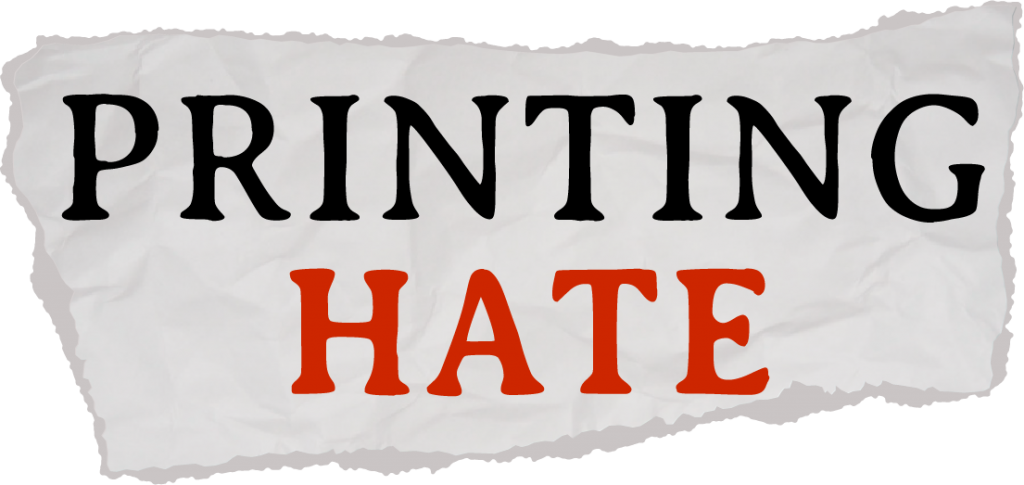Readers of The Commercial Dispatch and dozens of other Southern newspapers in the early 20th century were greeted often, sometimes daily, sometimes on the front page, with “Hambone’s Meditations,” a…
Read More
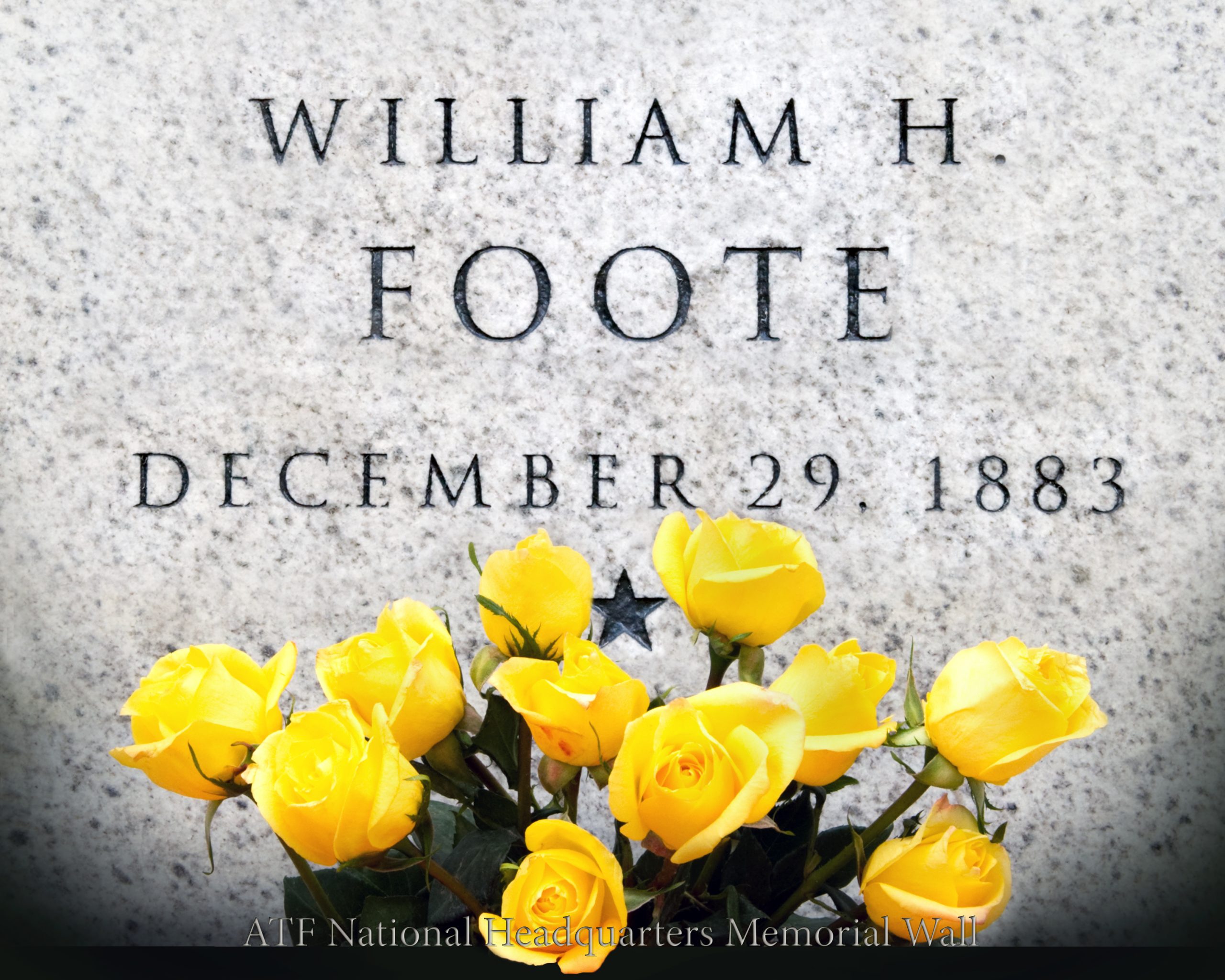
Bettye Gardner remembers her family telling her the tragic story of William Henderson Foote, her granduncle who was lynched in Yazoo City, Mississippi, in 1883.
Read More
By Author Lastname. Lorem ipsum dolor sit amet, consectetur adipiscing elit. Praesent eu mattis sem, vel mollis nisl. Donec commodo ante sed lobortis imperdiet. Nulla tempus massa at neque pellentesque…
Read More
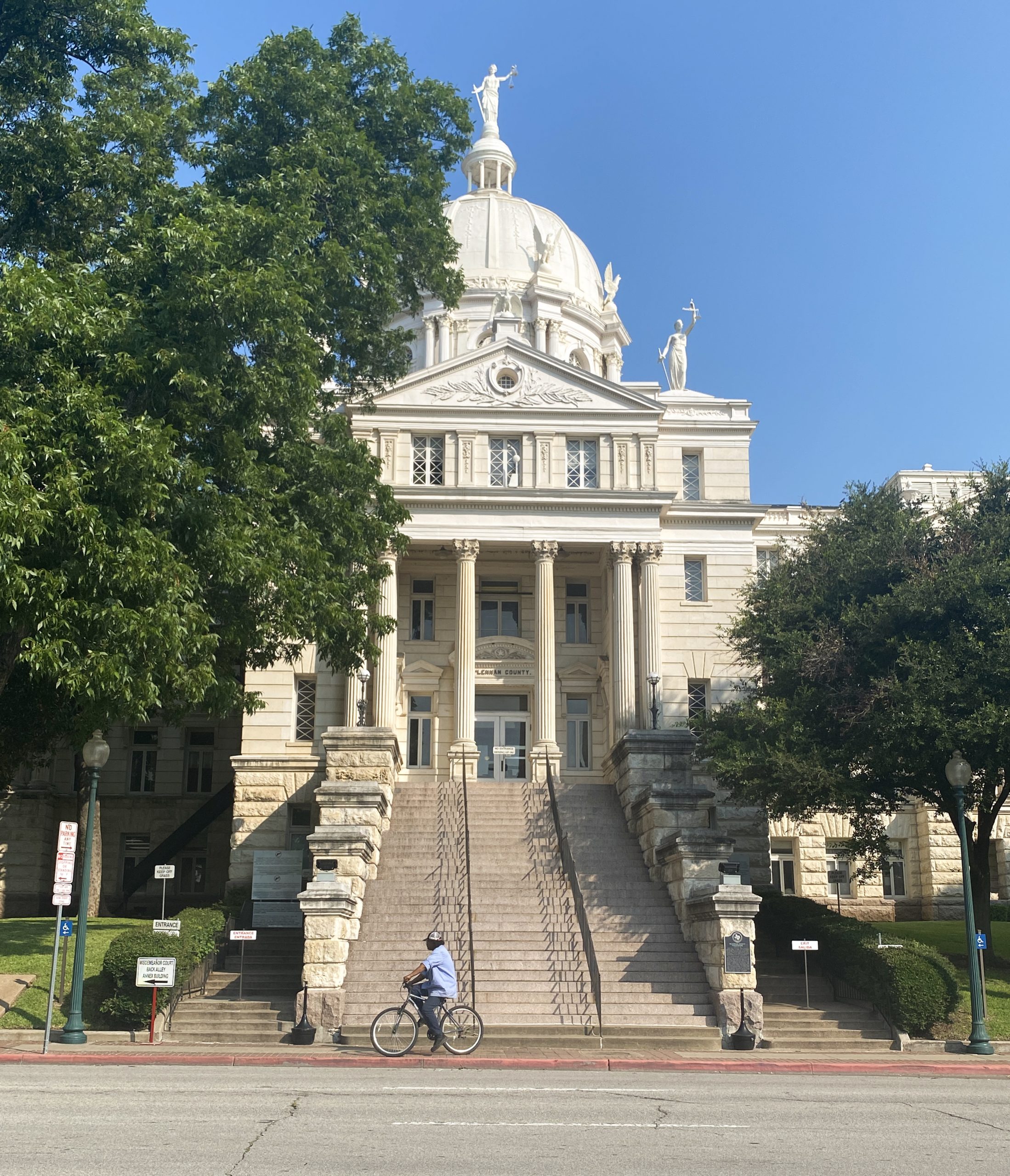
In the early 20th century, the people of Waco dubbed their city the “Athens of Texas.” Waco, however, had another side.
Read More
Although lynch mobs primarily targeted Black people, the first effort to pass a federal anti-lynching law had nothing to do with African Americans. Instead, it followed the 1891 lynchings of…
Read More
The bodies of Dooley Morton (L) and Bert Moore, of Lowndes County, are shown hanging from a tree after the two were lynched by an angry mob of white citizens…
Read More
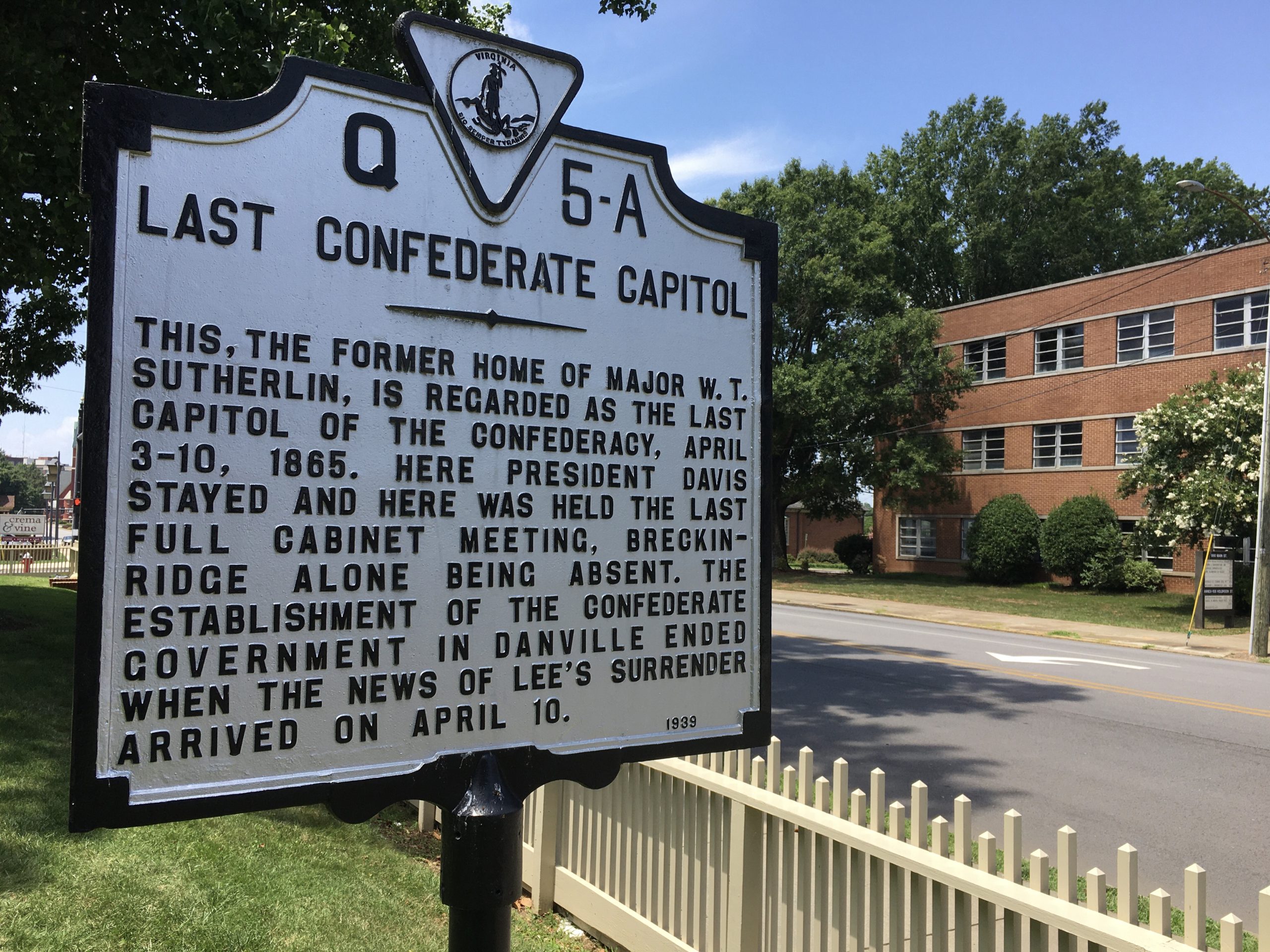
On Nov. 4, 1883, a white mob, fearful of Black political power and riled up by false newspaper narratives, took to the streets of Danville three days before the election…
Read More
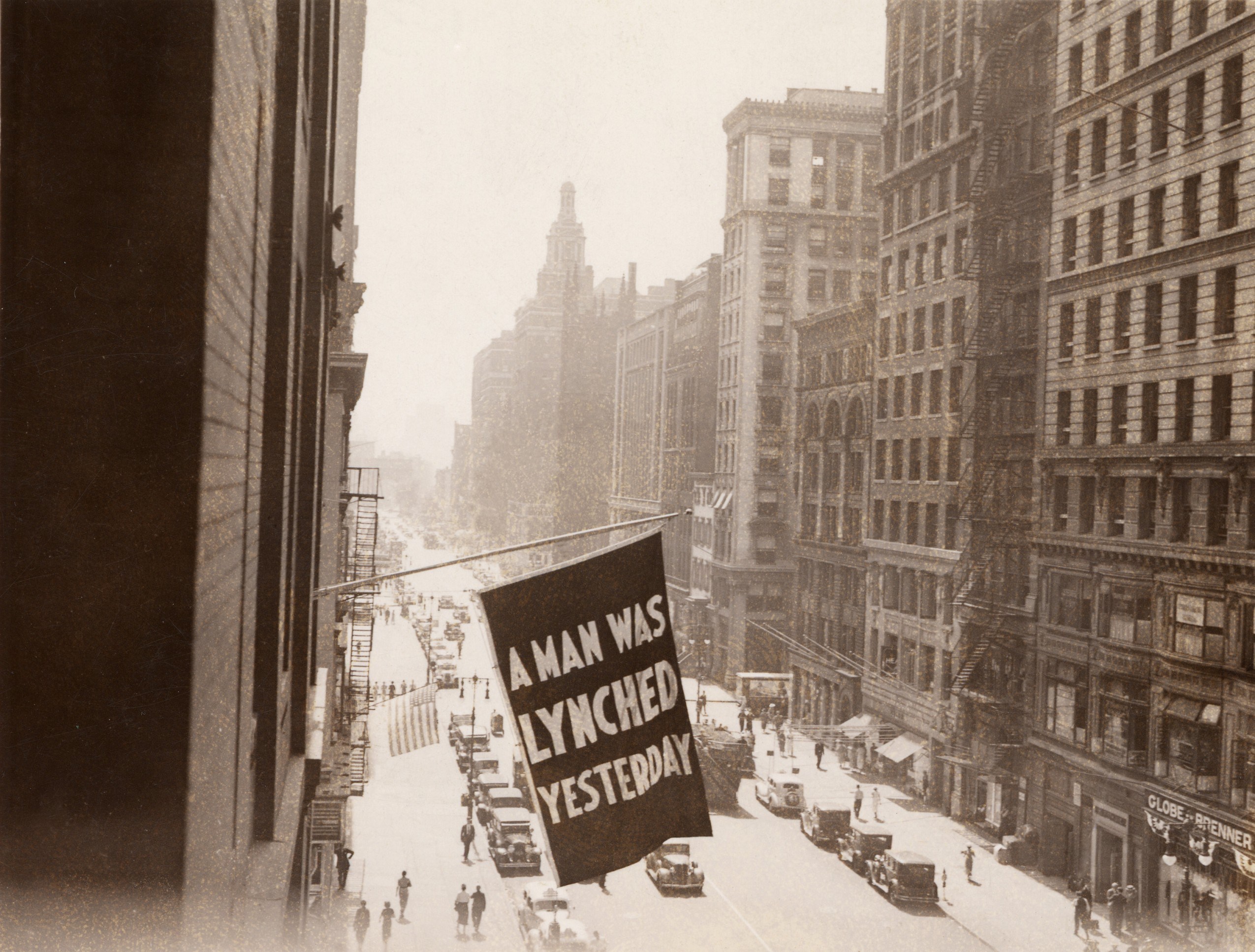
Hundreds of white-owned newspapers across the country incited the racist terror lynchings and massacres of thousands of Black Americans. In their headlines, these newspapers often promoted the brutality of white…
Read More
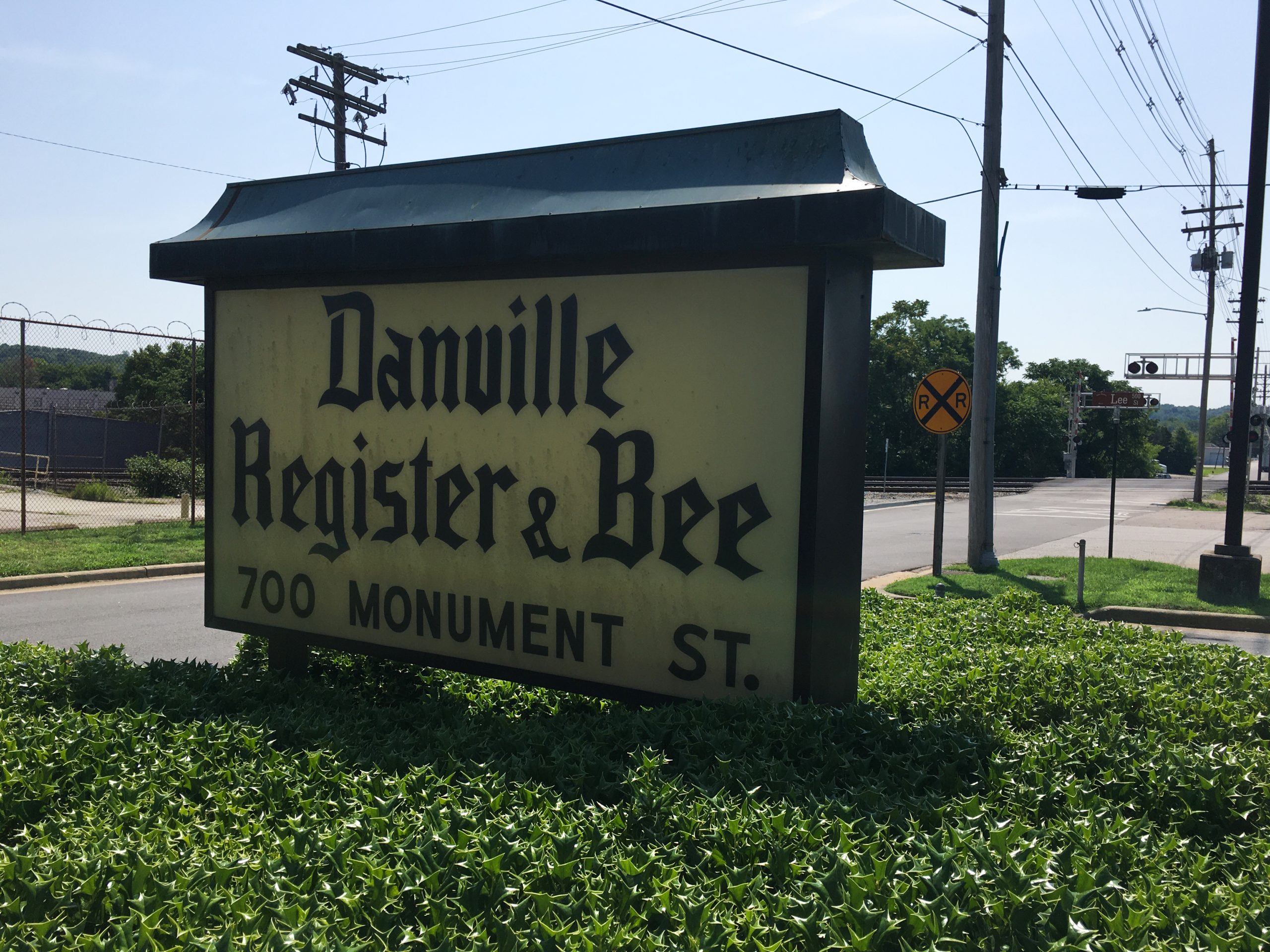
Local newspaper editors in Virginia say they hadn’t been aware of their publications’ roles in the 1883 Danville massacre. “It’s just appalling,” Steven Doyle, editor of the Danville Register &…
Read More
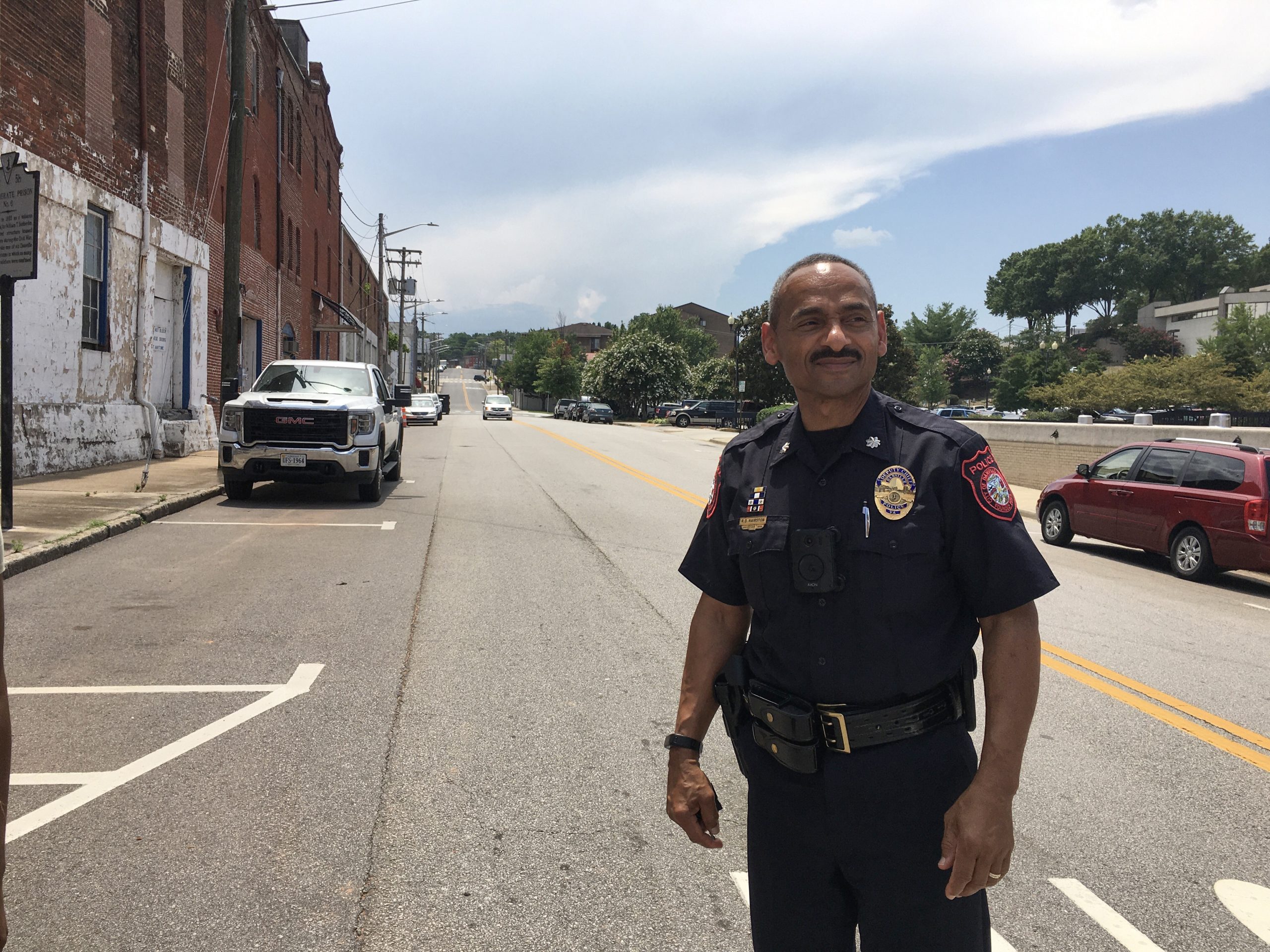
Local historians Dean Hairston and Karice Luck-Brimmer, who are both African American, had trouble discovering their family history in Danville, Virginia. African American history can be difficult to uncover. Traditional…
Read More

